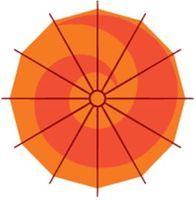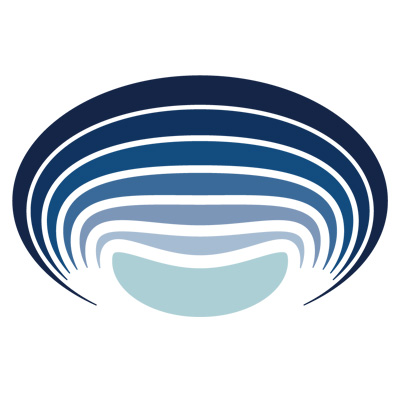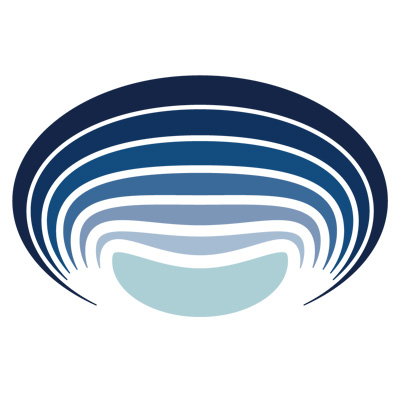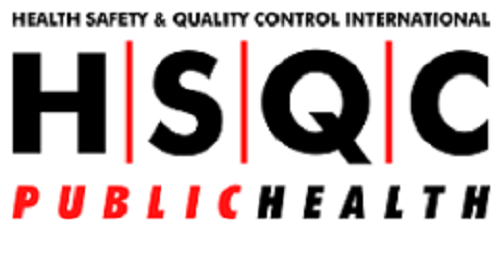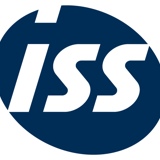Information
-
Location
-
Brand
-
Person conducting the audit
-
Conducted on
-
Division
Health and safety documentation
-
Health And Safety Law what you should know is displayed and complete with relevant details
-
Current issue ISS Employer's Liability Insurance
-
Current ISS Heal and Safety Policy Statement
-
Current ISS Environment Policy Statement
-
The site H&S Responsibility poster (OHSMS 2.N1) is completed and displayed.
-
Monthly Health and Safety topic sheet are distributed to site and there is evidence that these are discussed with staff.
-
The latest Heath and Safety Manual (OHSMS) is available.
-
An appropriate Site File/Pack been issued, this is managed copy.
Operative Health and Safety Training
-
Operative have been issued with the Health and Safety and Environment <br>Handbooks with tear off slips completed.
-
Training Record have been completed<br>Training records include training for high risk tasks.
-
Managers and supervisors have successfully completed or are booked on the ISS Foundation certificate in Health and Safety or an equivalent Level 2 Health and Safety
-
Personnel received Contractor/Induction Training or Safety Information and it is record (Site induction).
-
Manual Handling Training has been completed to a level appropriate for the tasks completed
-
If there are ISS employees with language/ reading/ communication difficulties on site, there are adequate controls in place to ensure their safety.
-
Night Workers, if appropriate, have they been offered annual Health Surveillance (OHSMS 2.Q.8).
Risk Assessments/ Hazard Spotting
-
There are site specific risk assessments covering all the hazardous tasks
-
For each risk assessment there is a method statement (work procedure) detailing safety measures
-
Appropriate special assessments are completed <br>Individual (Expectant/ new mothers, young person, capability) <br>Other (fire risk assessments, manual hand,ing, DSE)
-
The H&S aspects of the work ISS contractors complete on site are controlled and monitored by ISS
-
There is an effective hazard reporting system for ISS employees.
-
If there are Lone Workers, the contract has documentation (OHSMS 2.S.12/13/14) and suitable procedures in place to ensure their safety.
-
The management and communication of H&S risks and hazard is suitable to prevent serious harm, enforcement action and has fallen significantly below required standard.
Accident Reporting (OHSMS 2.A)
-
There is a documented accident reporting procedure on site (including book BI510 and relevant forms).
-
The accident reporting system is understood (primarily a review of accidents and reports, secondly an explanation by users) and used correctly.
First Aid (OHSMS 2.J)
-
There is a first aid procedure on site for ISS employees - first aiders, appointed persons (training records), suitability first aid kit, and signs and is it displayed (OHSMS 2.J.5).
-
The first aid provision is sufficient for ISS staff, covering all activities and working times, there is evidence that staff can use the First Aid procedure.
Fire Procedure (OHSMS 2.J)
-
There is a suitability documented Emergency / Fire procedure in place for ISS staff (including safe evacuation from all areas of the workplace, a system in place to account for all ISS employees in the event of an evacuation).
-
Egress - Fire Exits, Evacuation Routes and Assembly Point are clearly marked, kept clear at all times, and are Fire Doors easily opened. Alarm activation points, signs and fire extinguishers are in place.
-
Staff clearly understand/ describe the emergency evacuation system (inc. training records, fire drills).
-
Flammable materials are stored safely
-
The fire / evacuation procedures and facilities are sufficiently to prevent serious harm to ISS staff and other persons.
Workplace
-
The floors and gangways are free from obstructions / trip hazard allowing easy access / egress.
-
The lighting appears sufficient especially on staircases, to provide a safe working environment.
-
The workplace is maintained in safe condition including floor covering / carpets.
-
ISS staff safeguarded from other hazards I the area (fork lift trucks, building work, chemicals etc.).
-
Storerooms are clean, tidy and free from rubbish, debris, exposed wires, spillages. (This applies to all locations where ISS equipment is stored)
-
'Warning Signs' are available and is there evidence of use.
-
Accommodation is adequate, safe, secure and clean.
-
The workplace is a safe environment for staff and our activities do not expose our staff and other persons to harm.
COSHH (OHSMS 2.D)
-
The is a list of chemicals used, handled and stored by ISS at the site.
-
Materials safety data sheets are on site and accessible to ISS staff for the above chemicals
-
Set specific COSHH assessments are on site and accessible to ISS staff for the hazardous chemicals
-
There is a safe system for dilution of chemicals
-
There are secure storage facilities for chemicals to prevent unauthorised persons accessing the chemical store.
-
Staff are trained and understand how to use the materials safely (they are using the chemical safely)
-
All containers and including spray bottles are labelled with name of the chemical and dilution.
-
Chemical Hazards, Does & Don'ts and Warning Sign posters are displayed (OHSMS 2.D.5/6, 2.X.8).
-
The system of controls for substances and materials is suitable for the site, to prevent exposure and harm to ISS staff and others.
Equipment (OHSMS 2.V)
-
Observe electrical machinery/equipment demonstrates the correct PAT status. (OHSMS 2.I.1 Electricity - Portable Appliance Testing)
-
Observed electrical equipment in visual safe condition (cables, plugs, switches, casing, out of service label)
-
Observed equipment is visually safe condition (including - guarding, stable, stop controls, ability to isolate)
-
All equipment identified during the audit with dangerous parts has its own risk assessment and safe working procedure for the activities of ISS staff.
-
Ladders/Step ladders - are correctly stored (typically secure, dry, room temperature) have a recorded inspection (and preferably have an inspection label) are in good condition (OHSMS 2.W.3)
-
Audited lifting equipment/ harnesses/ lanyards/ MEWP etc. has the necessary inspection and test status. (OHSMS 2.K.1)
-
Any compactors or balers that are used by ISS staff or ISS contractors are safe to use, and operated by trained and competent staff (OHSMS 2.V.2)
-
PEE is available and issued
-
Staff have received training how to use PEE, and they understand how to wear the PEE safely and it is used.







